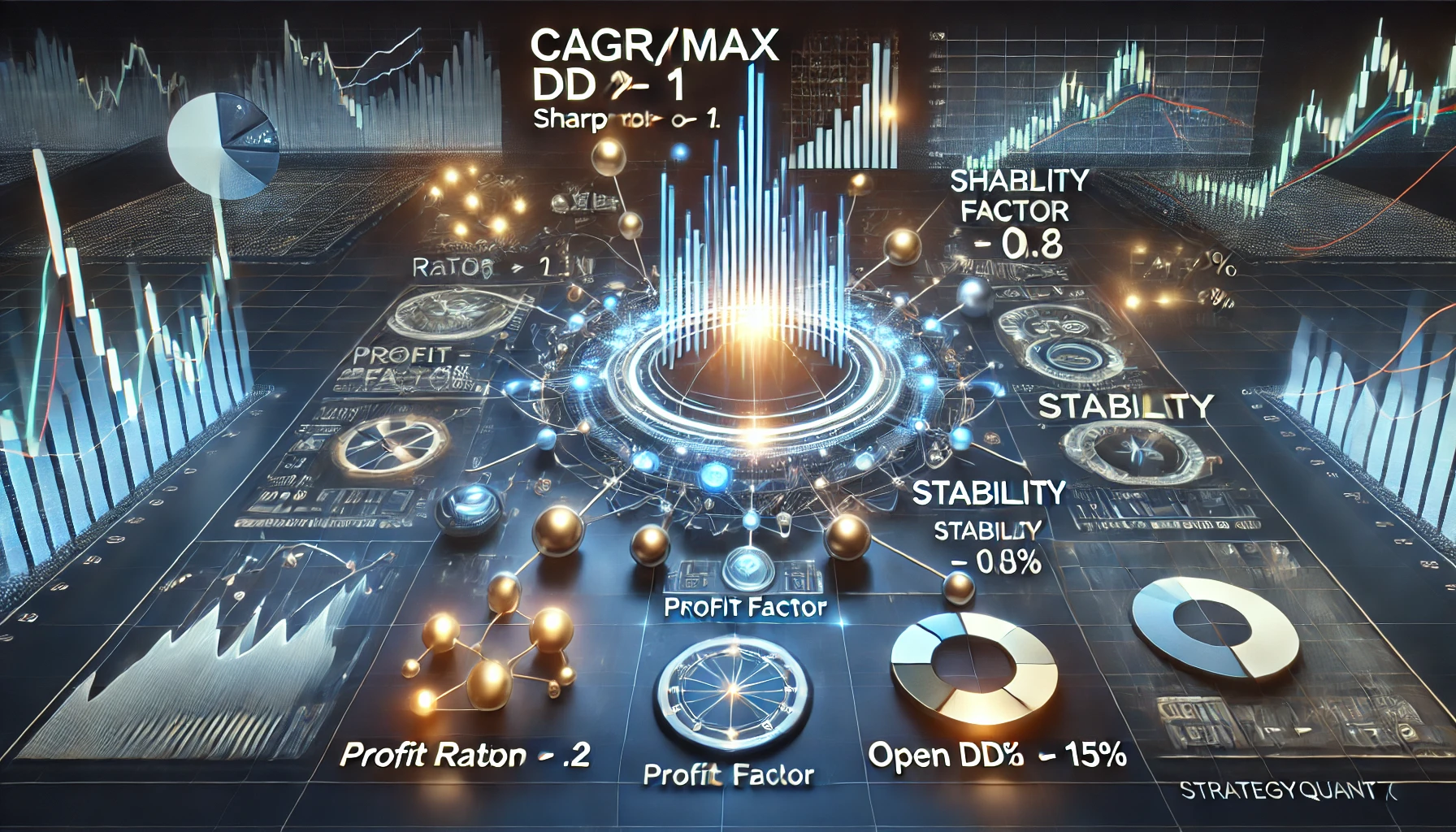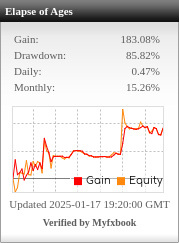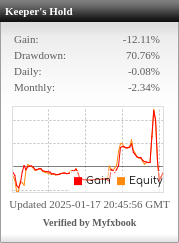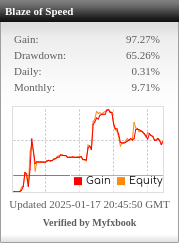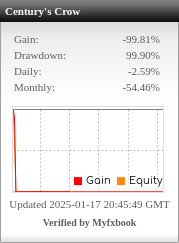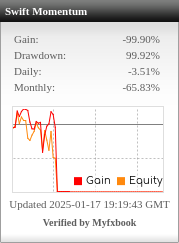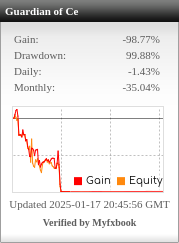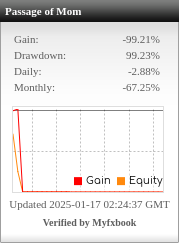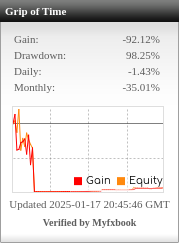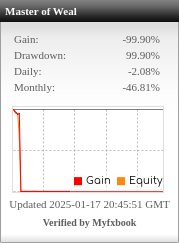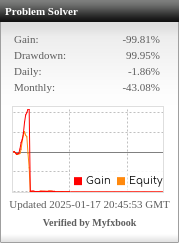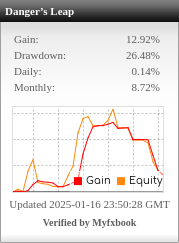Table of Contents
Yes, it is possible to find or build a strategy that meets these criteria, but it will depend on several factors, including the quality of your data, the optimization process, and the strategy type.
Here’s a breakdown of what each criterion implies and how achievable it is:
1. CAGR/Max DD% > 1:
- Achievability: This is a reasonable and important target, as it ensures your strategy produces more growth than risk. You can achieve this through proper risk management, consistent profits, and by minimizing drawdowns.
- Tuning Tips: Focus on risk control, such as using tight stop losses and proper position sizing (e.g., your 0.01 lot per $100 account balance rule).
2. Sharpe Ratio > 2:
- Achievability: A Sharpe Ratio above 2 is challenging but realistic, especially with a well-optimized strategy. It implies high risk-adjusted returns with low volatility.
- Tuning Tips: To achieve this, focus on strategies that reduce large fluctuations in returns. Use techniques like trailing stops, break-even exits, and conservative risk management. Avoid strategies with excessive drawdowns or those that rely on highly volatile instruments without proper hedging.
3. Profit Factor > 1.5:
- Achievability: This is a common target for profitable trading strategies. A profit factor above 1.5 indicates that your gross profits are at least 1.5 times larger than your gross losses.
- Tuning Tips: Optimize entry/exit rules, avoid overtrading, and focus on strategies that aim for higher reward-to-risk ratios, such as your target of RRR > 1:3.
4. Stability > 0.8:
- Achievability: Stability near 0.8 is a realistic goal for most well-performing strategies. It shows a relatively smooth and reliable equity curve, which is necessary for long-term performance.
- Tuning Tips: Stability can be enhanced by reducing the frequency of large drawdowns, fine-tuning exit rules, and optimizing over a range of market conditions (using IS and OOS testing).
5. Open DD% < 15%:
- Achievability: This is achievable but can be difficult if you’re targeting high returns. Controlling open drawdown is crucial to keep the account safe from volatile market swings.
- Tuning Tips: You can keep open drawdown in check by adjusting trade size, using dynamic stop-loss management (e.g., ATR-based stops), or employing partial exits as trades move into profit.
Finding Such a Strategy:
- Backtesting and Optimization: You’ll likely need extensive backtesting with 20 years of M1 data (as you’re already using) to find strategies that meet all these criteria. Sequential optimization across timeframes (H1, H4, etc.) can help refine strategies for long-term stability.
- Strategy Combination: You may need to combine trend following, breakout, and swing trading methods, as these tend to perform well in various market conditions.
- Fine-Tuning Parameters: Parameters like risk management rules, trailing stops, and exit timing (closing trades before Friday or after 5 days) will play a key role in managing drawdowns and ensuring the other metrics hold up.
It will take work, but it is possible to find a strategy that fits within these boundaries. Be prepared for iterative testing and refinement in StrategyQuant X to optimize across these performance metrics.

